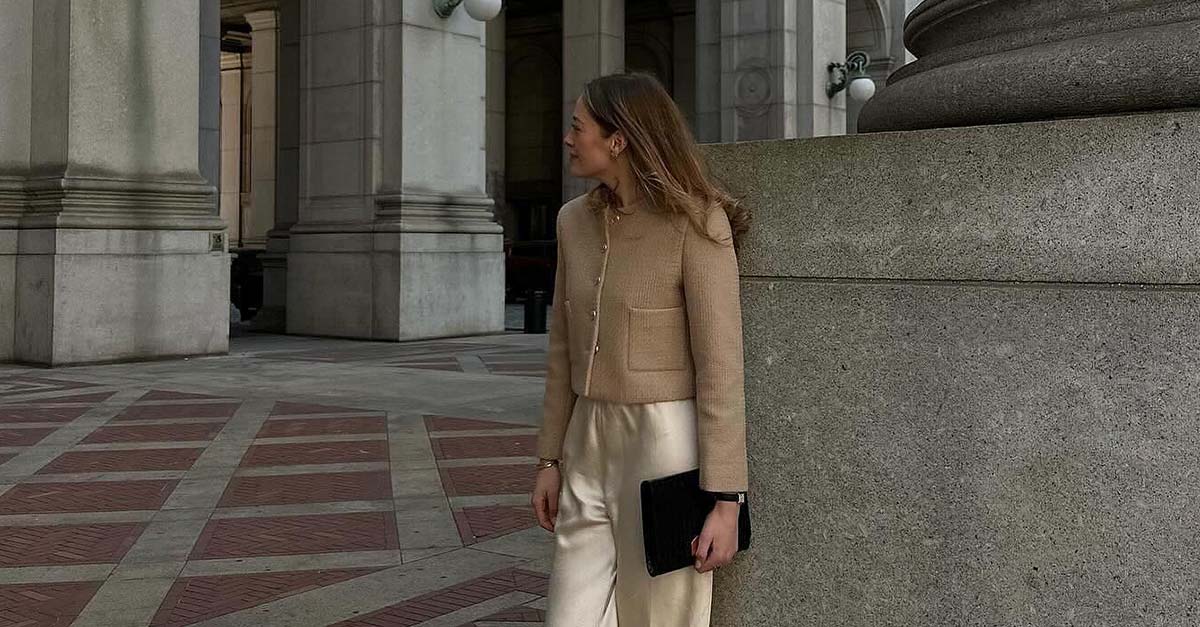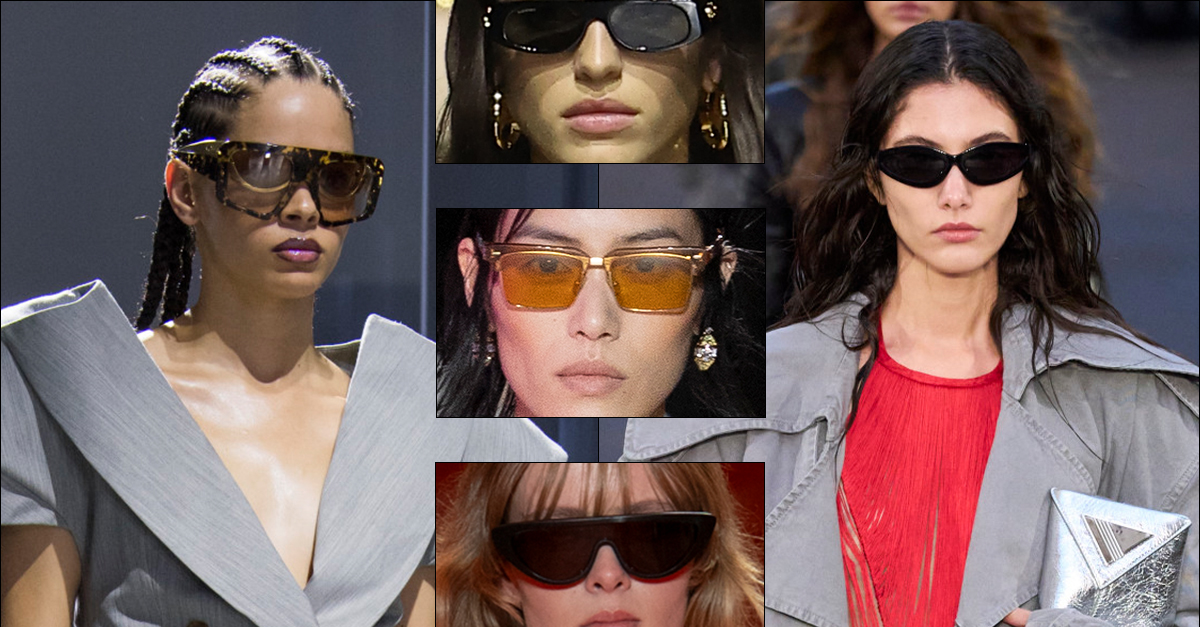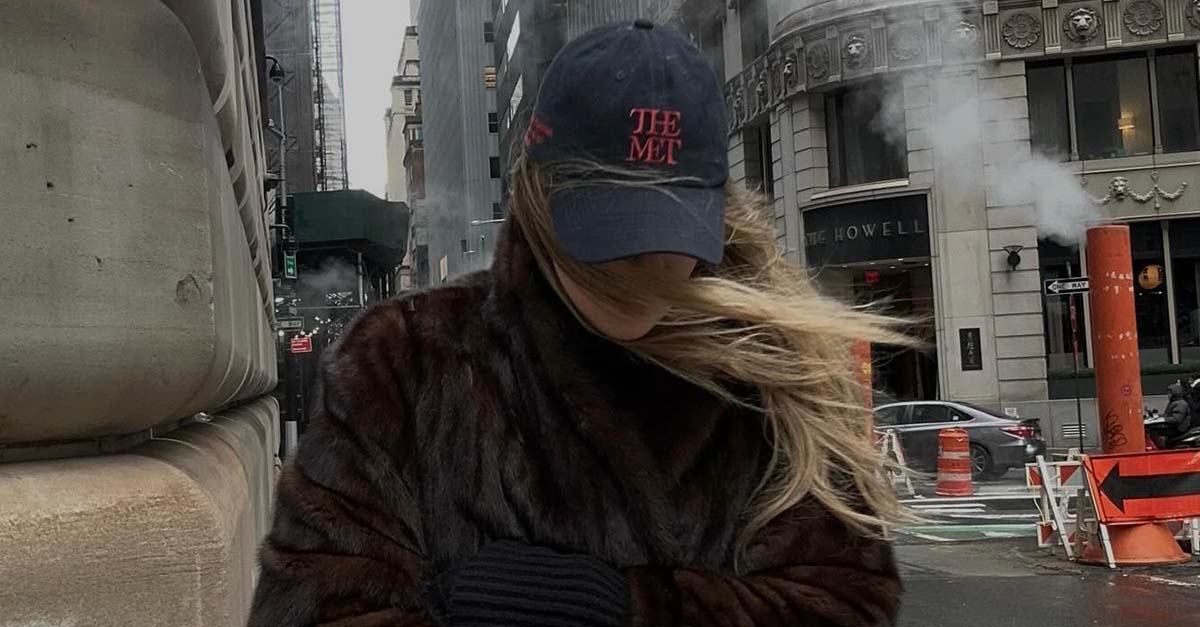
There is history in everything, including fashion. In terms of significance to fashion development, accessories are on par with garments. There are the classic, long-lasting accessories that never go out of style and the trendy, short-lived ones that make way for the next big thing in fashion, or the popular social media trending accessories online!
Knowing How Accessories Define the Whole Look
The right accessories can make an outfit pop. Even if an outfit is otherwise perfect, adding a bold accessory may take it to the next level of glitz and glamor. Accessories like bracelets, belts, neckties, pieces of jewelry, and even hats are often worn to complete a head-to-toe drip. Some of these accessories that can be luxurious or budgeted in price are classic and will never go out of style, but others are more on the fashionable side and may not be worn as often in the future.
Accessories have evolved over the years and generations alongside fashion, which is what every fashion enthusiast should know.

The Passage of Time with Necklace and Chains
What we put around our necks travels back to earlier times. Early cultures all around the world started wearing necklaces. They could be as old as 40,000 years. Shells, teeth or bone beads, bird feathers, carved wood, seeds, stones, and other artistic natural components found in the environment are some of the earliest versions of the necklace.
For example, a necklace of Mediterranean red coral beads was discovered among Neolithic artifacts in the Alps, dating to between 4200 and 3400 B.C., demonstrating that some people used more expensive materials from more difficult-to-access regions.
Discovering the Metalwork Contributed to the Necklace and Chains Evolution
Human access to a wider variety of jewelry began with the discovery of metalworking. The lunula, a metal neckpiece in the shape of a flat crescent, was popular in Bronze Age Scotland and Ireland, roughly 1800-1500 B.C. The Celtic, Scythian, and other European Iron Age societies wore the torc, a vast, inflexible neckpiece composed of twisted metal, from 800 BC to 300 AD. Necklaces like these were crafted from precious metals like gold and copper.

Modern Necklace and Chains: How the Industrial Revolution Influenced Necklace
From the early days of Western fashion to today, precious metals, gems, and pearls have been frequently used to craft necklaces. These typically represent wealth, fame, and glitz. Presently, these materials are what you’ll find at the heart of the best chains for the office, the ball, and the aisle.
After photography became commonplace in the 18th and 19th centuries, locket necklaces became increasingly popular. Betrothals were the most common occasion for this gift. This was also the time when matched jewelry sets became increasingly fashionable. The bare minimum for these combinations was a pair of matching earrings or a brooch. A tiara or buckles were also common additions.
Bracelets and Watches that Evolved from Pocket to Wrist
Bracelets, which can be worn on the wrist, arm, or ankle, are one of the earliest types of jewelry, along with neck ornaments. Archaeologists dated the oldest bracelet discovered in Turkey to 7500 B.C. as an obsidian object. It was speculated that prehistoric humans fashioned bangles out of stones, wood, shells, and later copper and bronze. Ancient Chinese women and men adorned their wrists with jade and gold bracelets.
Precious Metals and Gems as Similarities in Today’s Wrist-Wear
Some bracelets in Ancient Egypt were hinged, but most were simply strung with gold beads and hoops. Bracelets in spiral shapes, often depicting animals, were popular throughout Iron Age Europe. The Etruscans were the first to make bracelets with many hinged sections adorned with different metals, gemstones, or diamonds, and people were still wearing them in the early 21st century.

The Invention of Plastic Redesigned Bracelets
In the 20th century, plastic was widely used to make bracelets. Plastic jewelry quickly became a trend among young people. Armbands, especially friendship bracelets, were made in the 1980s out of embroidery floss or thread. The production of charm bracelets in sterling silver and gold-plating also began at jewelry workshops. This pattern has persisted until now.
Is Pocket Watch still a Trend?
The evolution of the watch traces back to the pockets we now have on our wrists. Knowing the time while on the move was a huge thing when the first pocket watches were developed in the 15th century, thanks to the creation of the mainspring. Although this development in watches was so long ago, like any trend, pocket watches like a pocket watch from Dalvey embodies sophistication and history.
The designs of the pocket watch and wearing it in current times mixes the symbolization of how cultural history is still present.
Earrings Tell How Time Shows Fashion Trends
Around 2500 B.C., researchers determined that Sumerian women began wearing gold hoop earrings in the shape of a crescent. The Egyptians of 1500 B.C. wore earrings and not just the women. Mushroom-shaped studs or plugs with an expanded opening were a common form of ancient Egyptian ear jewelry. In later times, Romans began to decorate their earrings with diamonds and other colorful stones.

Piercings Started from the Influence of Queen Elizabeth II
Ear piercing to wear earrings became popular again in the 1950s. College women started the vogue, and Queen Elizabeth II got her ears pierced so she could wear the diamond earrings given her as a wedding present. Women’s ear piercing was a prevalent practice by the 1970s. Men’s earring fashion also revived during this time, spurred on by male music celebrities.
Historically, guys who wore earrings were more likely to be homosexuals, sailors, or members of gangs, but nowadays, it’s just seen as another form of fashion.
Earrings as a Form of Self-Expression in the Modern Times
Earrings have evolved into a wide variety of forms and styles over time. Wearing earrings is now purely a matter of personal preference, not a sign of one’s socioeconomic standing, sexual orientation, moral or religious beliefs, or any other such thing.
Belts and Hats Are Longer and Wider in History
Ancient people have used belts since the Bronze Age. People wore it as a sash or a girdle in ancient Rome, Greece, and Crete. Belts were widely worn in the Western world, especially by men. The belt was an integral and fashionable component of military dress from the late 19th century until World War I.

The Practicality of Belt Made its Popularity Across Any Gender with Fashion
Men wore leather belts to keep their pants up around the 20th century. However, women’s belts were frequently constructed from the same material as the wearer’s coat or garment. Trendy fashion accessories include belts made of plastic or metal links.
Hats Tops Not Only Head But also Time
A Bronze Age man named Otzi, whose mummified remains were discovered frozen in a mountain around 3300 B.C., is credited with wearing the first known hat. This item of headgear was a bearskin cap that resembled a Russian fur hat without the flaps. Ancient Egyptian nobility used headgear to shield their scalps from the heat. Mesopotamians typically topped their heads with conical or vase-shaped caps.
Now, hats are used by everybody. It may be because of the sun’s scorching heat, or winter’s cold temperatures or just to be fashionable in aesthetics. Hats indeed have made their way to modernity among all men and women.
Conclusion: Accessories Fashion are Heavily Influenced by the Past, Making Trends Live Longer
The beginning of the 2020s may see the continued popularity of a few trends from the late 2010s. As a result of the pandemic, face masks have become a trendy accessory. Masks are available in various styles, sizes, and colors and even feature designs for younger audiences.
Who knows, wearing a face mask may be a fashion trend 20 years from now.








